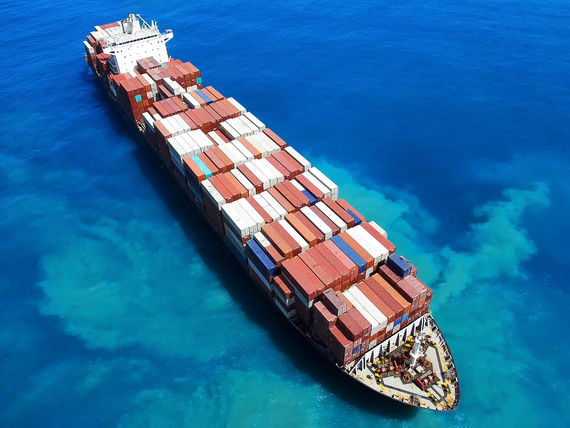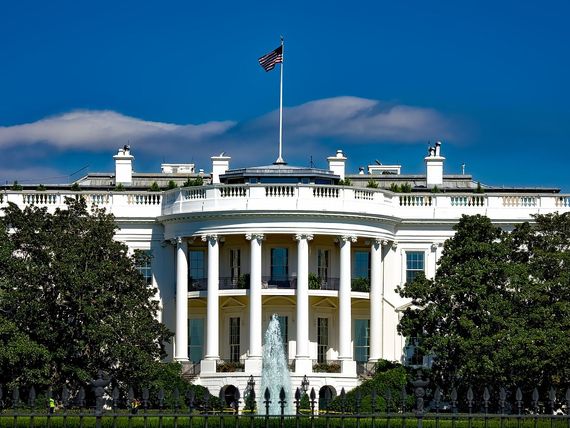What We're Reading: BDP Trendwatch Week 28

EU seeks to impose ETS on shipping by January 2022
In a move that will be seen as piling pressure on shipping regulators and the shipping industry the Environment Committee of the European Parliament voted yesterday (7 July) to add shipping emissions to its carbon Emissions Trading Scheme (ETS).
Up to now, shipping has been excluded from carbon reduction measures from the European Union (EU), but the latest move means that a vote will be taken in the European Parliament in September, and if passed each member state will need to approve the new legislation, which will then enter force on 1 January 2022.
Source: Container News
Drafting a sustainability agenda during COVID-19
Since the Paris climate change agreement in 2015, supply chains around the world have committed to work toward slowing the rise in global temperature. Conservation of resources; investments in green technologies; adoption of reduce, reuse and recycle principles, and development of low-carbon products are some of the ways that firms have contributed. Despite these efforts, the Paris target seems to be slipping from reach.
Things have changed drastically since the beginning of this year. The COVID-19 pandemic, which has accounted for more than 350,000 deaths, has pushed the world’s economies into a state of near-complete shutdown. The reduced economic activity has had an unintended consequence on the environment, bringing down emission levels significantly. This short-term reduction is primarily due to reduced transportation, which contributes to almost 25% of all the global carbon emissions.
Source: Supply Chain Brain
Retail imports improving slightly, but still far below last year
Imports at major U.S. retail container ports are expected to remain significantly below last year’s levels into this fall as the impact of the COVID-19 pandemic continues, according to the monthly Global Port Tracker report released today by the National Retail Federation and Hackett Associates.
“Economic indicators show that the recession brought on by the pandemic may be easing, but retailers are being conservative with the amount of merchandise they import this year,” NRF Vice President for Supply Chain and Customs Policy Jonathan Gold said. “The outlook for imports is slowly improving, but these are still some of the lowest numbers we’ve seen in years.”
Source: AJOT
The US-China rivalry is broadening from trade to everything
The U.S.-China rivalry is shifting into new and unpredictable areas, engulfing everything from a popular video app to Hong Kong’s status as a global financial hub.
The latest tensions are overshadowing a trade agreement in January that was meant to draw a line under the trade war and be a boon for business. Instead, differences between both powers are deepening right at a time when the world economy is facing its worst crisis since the Great Depression.
Source: AJOT
U.S. Customs officials target suspected forced labor from China’s Xinjiang region
A top U.S. Customs and Border Protection official said a recent seizure of nearly 13 tons of hair from a Chinese manufacturer was part of a broader agency effort to clamp down on imports suspected of originating from forced labor in China’s Xinjiang region, where Muslims have faced mass detentions.
U.S. officials halted the shipment from Lop County Meixin Hair Product Co. last week after months of investigating both the manufacturer and the region where it operates, said Brenda Smith, executive assistant commissioner of the agency’s Office of Trade. She said the Xinjiang region in northwestern China has become Customs and Border Protection’s most active area in the world for forced-labor investigations.
Source: The Wall Street Journal


